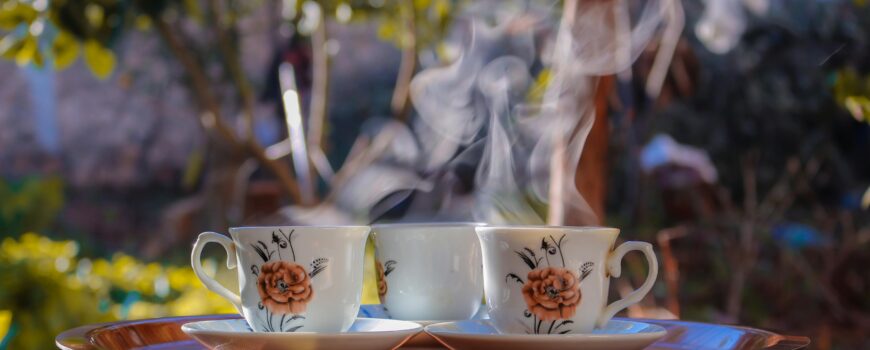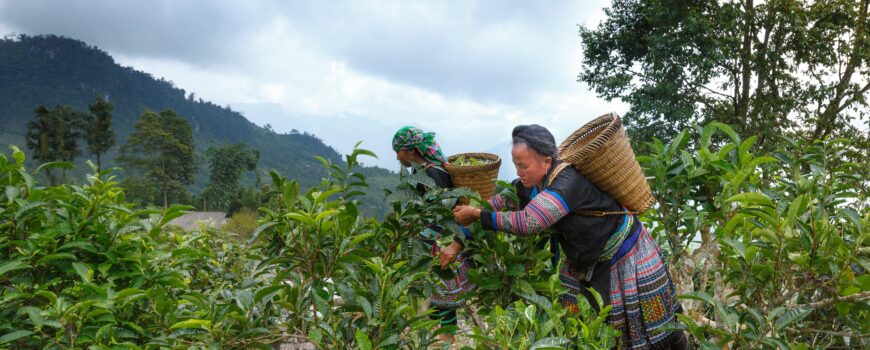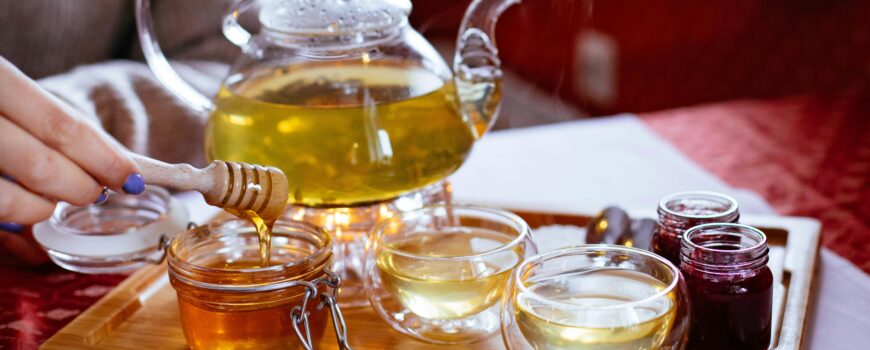Introduction
Welcome to an exclusive interview with Mr. Mukesh Bishnoi, the Chairman and Managing Director (CMD) of Zircon Tea Company, a pioneering name in the tea industry. Zircon Tea Company is celebrated for its premium quality teas and innovative approaches to tea production and distribution. Today, Mr. Bishnoi shares insights into the company’s journey, values, and future plans.
Interview
Interviewer: Good morning, Mr. Bishnoi. Thank you for joining us today. Could you start by telling us about the origins of Zircon Tea Company?
Mukesh Bishnoi: Good morning, and thank you for having me. Zircon Tea Company vision of delivering the finest quality teas to consumers around the world. Our journey began in the picturesque tea gardens of Assam and Darjeeling, where we identified a unique opportunity to blend traditional tea cultivation techniques with modern processing methods.
Interviewer: What makes Zircon Tea stand out in such a competitive market?
Mukesh Bishnoi: What sets Zircon Tea apart is our unwavering commitment to quality and innovation. We source our tea leaves from the best plantations, ensuring that every cup of Zircon Tea offers a superior taste experience. Additionally, we invest heavily in research and development to create unique blends and flavors that cater to the evolving tastes of our customers. Our product range, including our signature Kashmiri Kehwa, is a testament to this commitment.
Interviewer: Can you tell us more about your signature product, Kashmiri Kehwa?
Mukesh Bishnoi: Absolutely. Our Kashmiri Kehwa is a blend of high-quality green tea leaves, cardamom, cinnamon, cloves, and saffron. It reflects the rich cultural heritage of Kashmir and offers a delightful aromatic experience. The meticulous process of selecting and blending these ingredients ensures that our Kehwa not only tastes exceptional but also provides numerous health benefits.
Interviewer: How does Zircon Tea maintain the quality of its products?
Mukesh Bishnoi: Quality is at the core of everything we do. We have a rigorous quality control process that starts from the selection of tea leaves in the gardens. Our team of experts oversees each stage of production, from plucking and processing to packaging. We also adhere to international quality standards and certifications, ensuring that our customers receive the best possible product.
Interviewer: Sustainability is a significant concern in today’s world. How does Zircon Tea address this issue?
Mukesh Bishnoi: Sustainability is a priority for us at Zircon Tea. We are committed to eco-friendly practices throughout our supply chain. This includes sustainable farming techniques, minimizing waste, and using biodegradable packaging materials. We also support the local communities in our tea-growing regions through various social initiatives, ensuring that our operations have a positive impact on both the environment and the people.
Interviewer: Can you share some of the challenges Zircon Tea has faced and how you overcame them?
Mukesh Bishnoi: Like any business, we have faced our share of challenges, from market competition to fluctuations in raw material prices. One significant challenge was the global pandemic, which disrupted supply chains and affected demand. However, we adapted by enhancing our online presence and direct-to-consumer sales channels. Our team’s resilience and innovative spirit have been crucial in navigating these challenges.
Interviewer: What are Zircon Tea’s future plans?
Mukesh Bishnoi: Our goal is to continue expanding our product range and market reach. We are exploring new markets globally and investing in digital transformation to improve customer engagement. We also plan to introduce more health-focused tea blends and premium products. Innovation and sustainability will remain at the heart of our growth strategy.
Interviewer: Finally, what advice would you give to aspiring entrepreneurs in the tea industry?
Mukesh Bishnoi: My advice would be to stay committed to quality and never stop innovating. The tea industry has a rich heritage, but there is always room for new ideas and improvements. Understand your market, be adaptive, and most importantly, have a genuine passion for what you do. Building strong relationships with your suppliers, customers, and communities will also go a long way in ensuring long-term success.
Interviewer: Thank you, Mr. Bishnoi, for sharing your valuable insights with us. We wish Zircon Tea continued success.
Mukesh Bishnoi: Thank you. It was a pleasure speaking with you.
Conclusion
Zircon Tea Company’s dedication to quality, innovation, and sustainability has positioned it as a leader in the tea industry. Under the guidance of its visionary CMD, Mukesh Bishnoi, the company continues to thrive and expand, bringing the exquisite taste of Zircon Tea to tea lovers around the world.
Zircon Tea Company
Contact No is +91-9499347308
Email is info@zirconshop.in
Our You Tube Channel Is Zircon Tea Company




